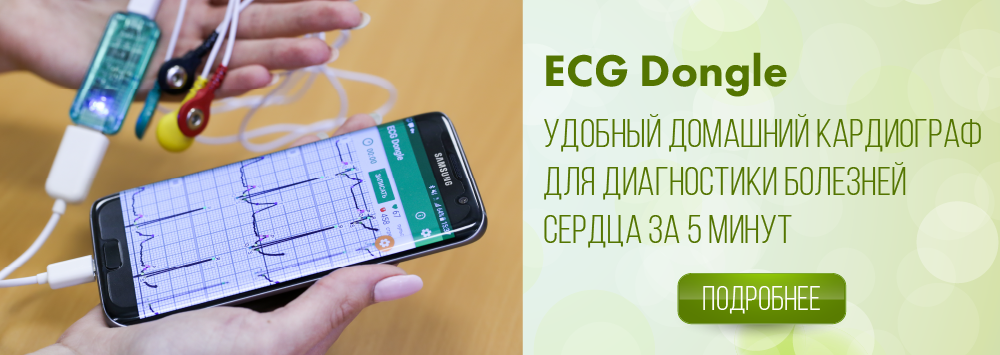Atrioventricular block
Atrioventricular block (AV block) is a cardiac conduction disorder, manifested as slowing or stopping the transit of an electrical impulse between the atria and ventricles, that leads to the disorder of heart rhythm and hemodynamic.
AV block may be asymptomatic or accompanied by bradycardia, weakness, dizziness, stenocardia and loss of consciousness. The nature of the clinical manifestations of atrioventricular block depends on the level of conduction disorder, the degree of the block, the etiology and severity of concomitant heart disease.
Classification
First-degree atrioventricular block occurs when the electrical impulse from the atria to the ventricles is conducted more slowly than usual. Clinically, this degree does not manifest, and it is usually only electrocardiographic finding. This degree of blockade does not require any treatment, but over time it may cause AV block of higher degree. Some medications, slowing the heart rate (β-blockers, antiarrhythmic drugs), should be used with caution, if there is AV block 1 degree. First-degree atrioventricular block manifests on electrocardiogram only as elongation of the P-Q (R) interval. It is necessary to inform your doctor about the presence of atrioventricular block.
Second-degree atrioventricular block occurs when not all of the electrical impulses are conducted to the ventricles. Clinically, second-degree atrioventricular block manifests as feelings of sudden weakness, darkening in the eyes, interruptions in the work of the heart. Sometimes there are sudden episodes of loss of consciousness, when several consecutive electrical impulses are not conducted to the lower chambers of the heart. It is necessary to register an electrocardiogram (ECG) for the diagnosis. Second-degree and third-degree atrioventricular block is considered as high degree atrioventricular block, it requires surgery (setting a pacemaker).
Third-degree or complete atrioventricular block occurs when the electrical impulses are not conducted from the atria to the ventricles. In this case, atria contract with normal rate and ventricles contract rarely. Ventricular rate depends on the level on which the focus of automaticity is located. Cells of stem of bundle of His can generate impulses with a frequency of 45 beats per minute, and if the focus of automaticity is located on the level of Purkinje fibers - with a frequency of 20 beats per minute. It is not enough to maintain a normal level of oxygenation of the cerebral cortex, so a person with a heart rate of 20 beats per minute is usually unconscious. Complete atrioventricular block is the hardest and most dangerous kind of all bradyarrhythmias. It is possible an unexpected full cardiac arrest (sudden cardiac death).
This pathology can be detected using ECG Dongle [1] and ECG Dongle Full [2].

